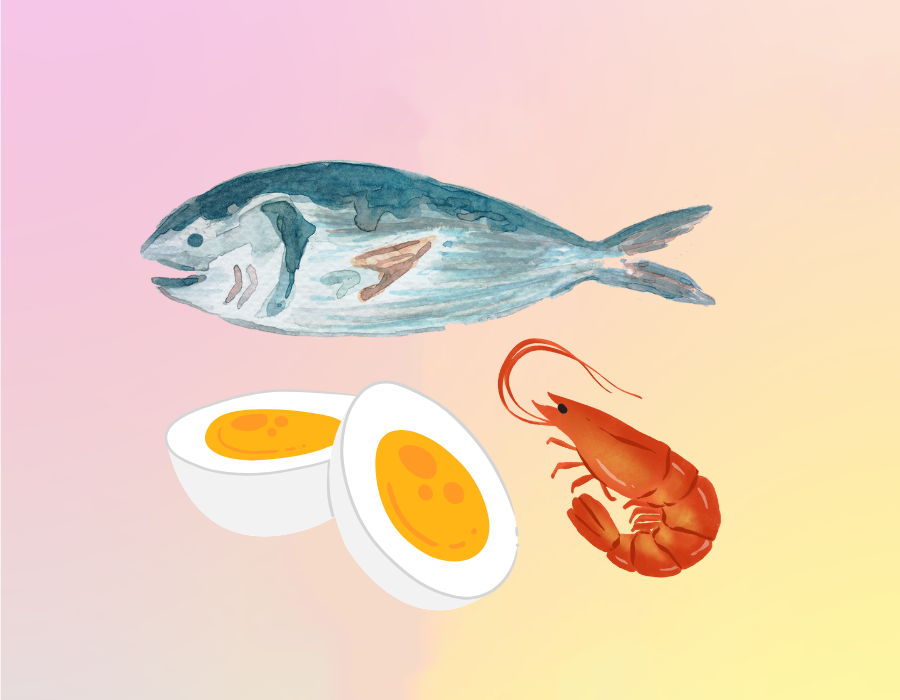Elderly nutrition involves many details—see what you might be missing!
If you have any queries or suggestions, please feel free to reach out via email to info@harisonfitness.com. We will do everything in our capacity to ensure that you love your experience with us.
Some seniors easily lose their appetite for everything, craving high-sugar, overly sweet foods to stimulate their taste buds; others pursue an extreme low-fat, low-salt diet, believing this is the best approach for older adults. Neither of these is a healthy eating pattern. To cultivate a wholesome diet, you can try these steps—
01 Eat small, frequent meals; choose soft, easily digestible foods.
Elderly individuals still require sufficient carbohydrate energy from staple foods. While balancing refined and whole grains, prioritize foods that are soft and easy to digest after cooking. Whole grain brown rice provides abundant calcium, potassium, B vitamins, dietary fiber, and certain minerals, helping reduce the incidence of chronic diseases. As digestive function declines with age, adopting smaller, more frequent meals and preparing foods to be soft and tender reduces chewing effort, facilitates swallowing, and enhances nutrient absorption.
This approach also benefits seniors prone to reduced appetite or early satiety. By scientifically combining nutrient-dense foods, each meal maximizes nutritional value while minimizing digestive stagnation and bloating.
02Ensure high-quality protein
The protein requirements for older adults are slightly higher than those in younger adulthood. The recommended daily dietary protein intake is 1.1 to 1.3 grams per kilogram of body weight, which helps maintain nitrogen balance and protein synthesis capacity. To calculate directly, multiply body weight (in kilograms) by 1.2.
Primary sources of high-quality protein are abundant in daily diets: fish, eggs, dairy, legumes, and soy products. Reduce consumption of fatty meats; fish is relatively easier to digest. Not only is it rich in protein, but it also provides beneficial fatty acids that protect cardiovascular health and help prevent conditions like dementia.

03 Avoid high-sugar snacks and increase carbohydrate intake.
Soft and sweet foods truly appeal to the palates of the elderly, especially desserts and pastries that are sweet and delicious without being hard on the teeth. However, middle-aged and elderly individuals have lower metabolic rates. The sugar consumed from high-sugar foods is not quickly processed by the body, only adding to its burden and accelerating the aging process.
Additionally, never substitute beverages for water. Failing to proactively replenish adequate fluids daily is equally dangerous. As people age, their body’s water content decreases, and tolerance for dehydration diminishes accordingly. Research indicates that insufficient water intake among seniors can lead to cardiovascular diseases, constipation, urinary tract infections, kidney stones, slow wound healing, and other health issues.
Daily water intake should reach 1500-1700ml. Using a large, marked water jug to hold a day’s supply can serve as a helpful reference. For those who frequently forget to drink, placing a water bottle in a visible or easily accessible spot can remind seniors to drink small amounts frequently, preventing hidden dehydration.

After middle age, the body is like a machine that is gradually aging, with physical fitness and efficiency in performing tasks steadily declining. These changes significantly impact older adults’ ability to consume food. Therefore, building upon general nutritional recommendations, we must pay closer attention to details and adopt a scientific approach to caring for the health of older adults, helping them enjoy a healthy later life.




Leave a Reply
Want to join the discussion?Feel free to contribute!